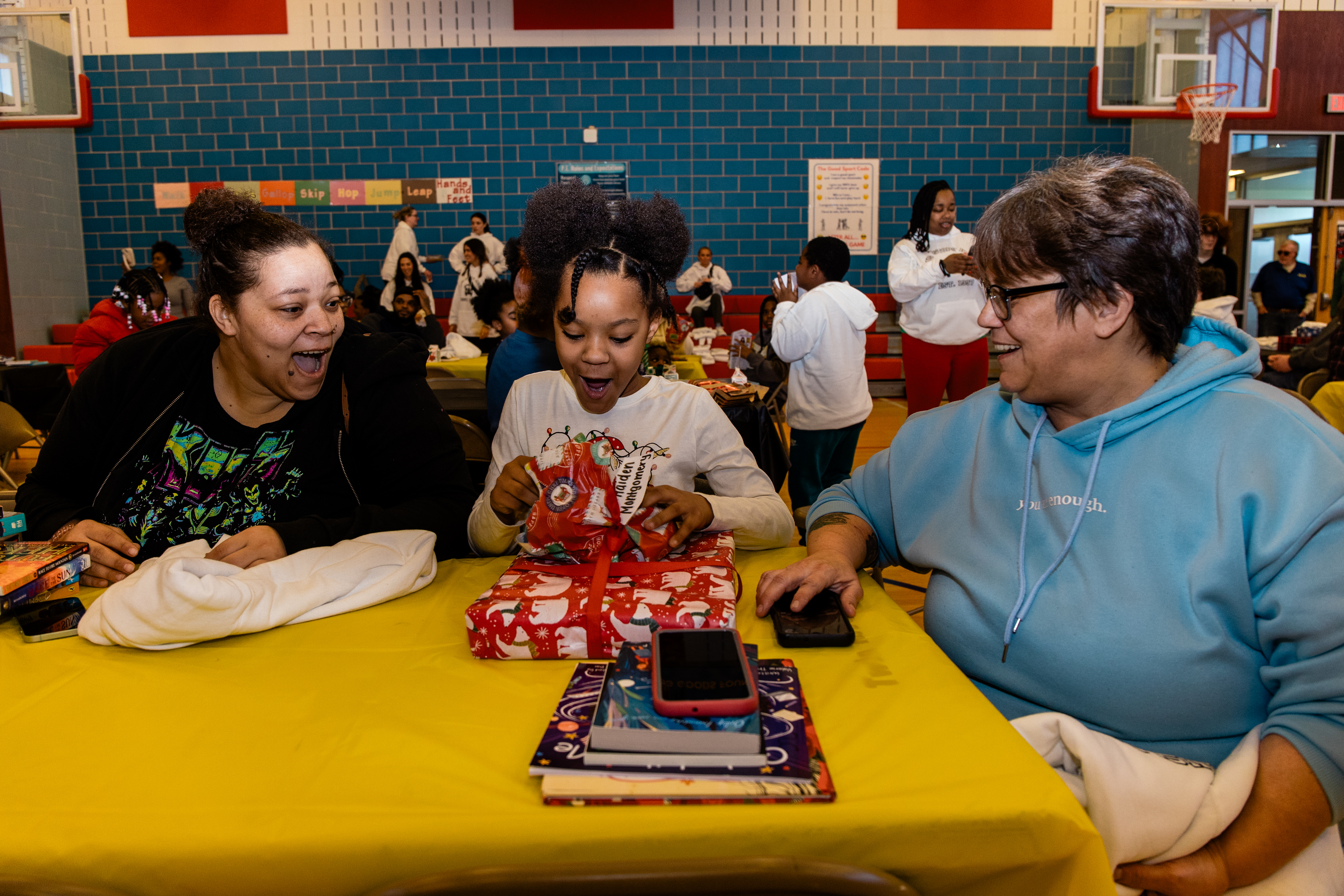In a world filled with content, stories are the threads that weave us together, inspiring action, building trust, and creating emotional connections. For non-profits, the art of storytelling isn’t just a powerful tool—it’s essential for connecting with donors and stakeholders who can help bring a mission to life. Compelling stories can communicate your organization’s values, showcase your impact, and most importantly, make donors feel like they are a vital part of that story.
Let’s explore how storytelling can build relationships with donors online and guide you on crafting stories that resonate deeply.
Why Storytelling Matters for Non-Profits
Storytelling allows non-profits to do more than just communicate facts; it’s a way to make an emotional impact. In a digital world where audiences are constantly bombarded with information, storytelling offers a unique approach to cutting through the noise and fostering a genuine connection. Research shows that people are more likely to donate to a cause when they feel emotionally invested. A well-told story can transform your mission from a distant concept into a personal experience for your donors, making them feel like they’re directly contributing to meaningful change.
Key Elements of a Compelling Story
To craft an impactful story that resonates with donors, you’ll need to focus on a few essential elements:
- A Relatable Protagonist: Every story needs a main character that your audience can empathize with. For non-profits, this could be a beneficiary whose life has been improved by your organization’s work, a dedicated volunteer, or even a staff member on the front lines. By focusing on one individual’s journey, you allow donors to connect on a personal level, making the story feel more authentic and tangible.
- A Clear Challenge: To create tension in your story, introduce a challenge or obstacle that the protagonist faces. This could be the problem your organization is trying to solve or a specific hardship that affected the protagonist. Challenges make your audience aware of the need for change and the role your organization plays in addressing it.
- The Role of Your Organization: Explain how your organization is working to overcome the challenges faced by the protagonist. Here, highlight the impact of your programs or services in concrete terms. This is where you’ll demonstrate the importance of donor support and how it enables positive change, bridging the gap between the problem and the solution.
- A Positive Outcome: Stories are powerful when they show transformation. Share the outcome of your organization’s intervention and how it has impacted the protagonist’s life. This resolution reinforces the effectiveness of your mission and demonstrates that donations make a real difference.
- An Invitation to Be Part of the Story: The final step in the storytelling process is to invite your audience to participate. This is where you ask for their support. Instead of a hard sell, frame it as an opportunity for donors to join your mission and help create more stories of positive change.
How to Share Your Story Online
Once you’ve crafted a powerful story, it’s time to share it with the world. Here’s how to make the most impact with online storytelling:
- Utilize Visuals: Visuals bring your story to life. Photos, videos, and infographics make your content more engaging and relatable. Platforms like Instagram and Facebook are great for sharing photo stories, while longer-form video platforms like YouTube allow for in-depth storytelling.
- Use Multiple Platforms: Meet your donors where they are. Share your story across multiple channels—social media, email newsletters, your website, and even in donor portals. Tailor your storytelling approach to suit each platform; for instance, share shorter stories on X or Threads and more in-depth content on LinkedIn.
- Incorporate Testimonials: Testimonials from those impacted by your work serve as powerful social proof. When beneficiaries or volunteers share their own experiences, it gives your story authenticity and encourages donors to trust your mission.
- Create a Consistent Narrative: Build a cohesive story over time by sharing updates on the individuals or programs featured in your story. This keeps donors invested and allows them to witness the ongoing impact of their support, making them feel like they are part of a bigger journey.
- End With a Call to Action: Every story should end with a clear, compelling call to action (CTA). Whether it’s a donation button, a link to learn more, or an invitation to volunteer, make sure your audience knows how they can take the next step in supporting your cause.
Example: A Story That Inspires Action
Let’s say your non-profit supports children in under-resourced communities with educational programs. Here’s a sample story outline:
- Introduce the Protagonist: “Meet Sarah, a bright 10-year-old with big dreams and a love for learning.”
- Share Her Challenge: “Growing up in a low-income neighborhood, Sarah struggled to keep up in school due to limited resources and a lack of support.”
- Explain How Your Organization Helped: “Through our after-school tutoring program, Sarah was able to receive one-on-one support, access to books, and a safe place to study.”
- Highlight the Positive Outcome: “Today, Sarah is excelling in her classes, her confidence has grown, and she dreams of becoming a teacher herself.”
- Conclude with a CTA: “Help us support more students like Sarah. Your donation of $25 can provide essential learning resources to children in need.”
This story puts a face to the impact of your work, engages donors emotionally, and invites them to take action.
Making Donors a Part of the Story
Ultimately, donors want to feel like they’re making a difference. By sharing stories that illustrate the real impact of their contributions, you’re inviting them into your mission. Remember, storytelling is not just about asking for money; it’s about showing donors that they are integral to positive change.
At Valiant 3 Communications, we’re passionate about helping non-profits tell stories that resonate. Reach out today to learn more about how we can support your mission through powerful, donor-centric storytelling. Together, we can turn your mission into stories that inspire.

